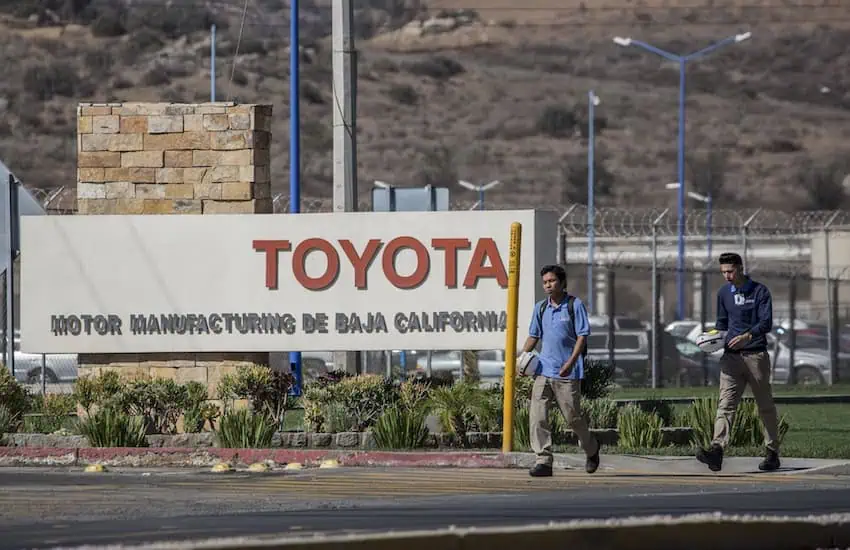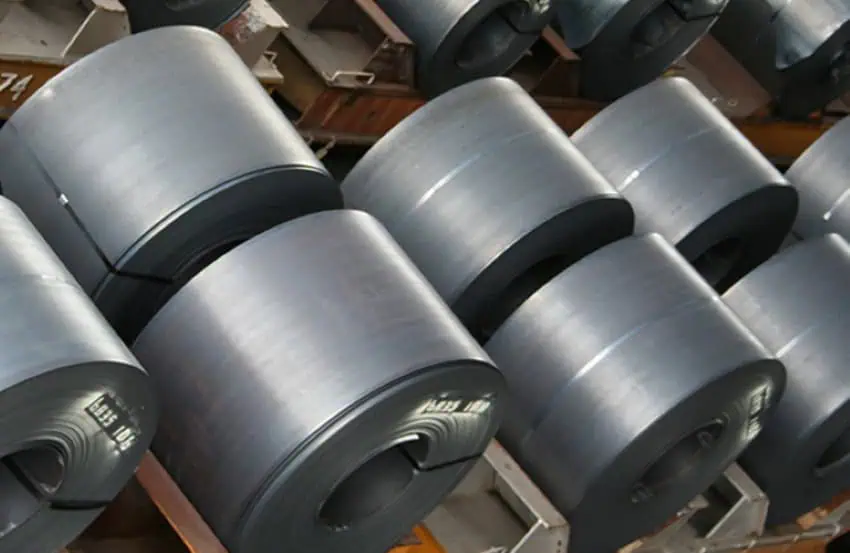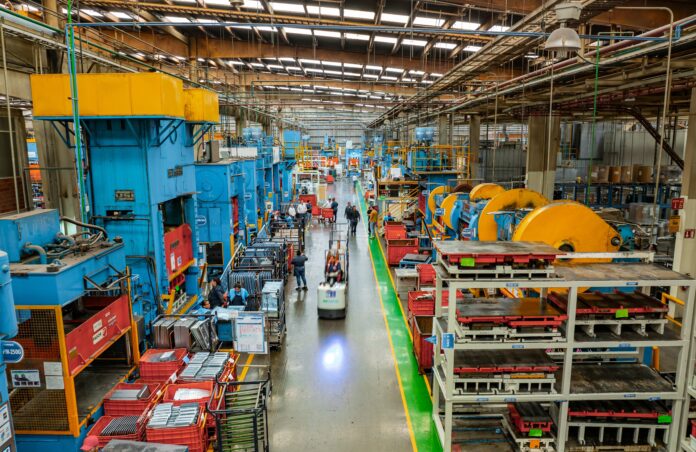Ten of Mexico’s 32 states could be highly vulnerable to U.S. tariffs on Mexican products, the U.S. credit rating agency S&P Global Ratings forecast on Thursday.
Several Mexican states rely on export-oriented manufacturing, particularly in the north and Bajío (central) regions. In total, around 80% of Mexico’s exports are destined for the U.S., roughly 40% of them in auto manufacturing.

On Feb. 1, the U.S. government announced a 25% tariff on imports from Mexico and Canada. The White House later delayed the tariffs to March 4.
Mexico’s President Claudia Sheinbaum announced on Tuesday that her government will respond with its own “tariff and nontariff measures.”
S&P’s forecast shows that the Mexican states of Baja California, Chihuahua, Sonora, Coahuila, Nuevo León, Tamaulipas, San Luis Potosí, Guanajuato, Querétaro and Aguascalientes will likely feel the biggest impact of the tariffs, as over 20% of their GDP comes from industries moving goods between Mexico and the United States and selling products to the U.S.
The states of Jalisco, Hidalgo, México state, Morelos, Puebla, Oaxaca and Tlaxcala face moderate exposure to the tariff threat, with between 10% and 20% of their GDP coming from vulnerable industries.
If the tariffs remain in place for months or quarters, rather than weeks, Mexico’s economy could be hit hard, according to S&P.
The sectors expected to be most exposed to the shock are transportation manufacturing (including machines and equipment, motor vehicles and semitrailers), electrical equipment manufacturing and basic metals (including steel and aluminum).

S&P estimates that a drop in demand spurred by tariffs could decrease production in certain sectors by 8%–15%.
Some states, such as México state and Hidalgo, have more diverse economies, making them less vulnerable to tariffs. However, market uncertainty could lead to reduced private-sector investment in Mexico, hindering economic growth, said S&P.
Banco Base’s assessment
The Mexican financial institution Banco Base also predicted on Feb. 2 that the tariffs’ biggest impact would be on northern Mexico, naming states whose exports contribute a high proportion of their GDP. Banco Base’s list of those likely to be most affected included Chihuahua, Coahuila, Baja California, Tamaulipas, Sonora and Nuevo León.
“If tariffs come into effect, this will mean a collapse, first for Mexican exports. This implies a lower supply of dollars arriving in Mexico and therefore increases in the exchange rate,” said Banco Base’s Director of Economic Analysis Gabriela Siller.
With 25% tariffs, explained Siller, “… foreign companies would no longer have incentives to reinvest their profits in Mexico and install new plants.”
Meanwhile, the Mexican Institute for Competitiveness (IMCO) said in a recent report that it expects tariffs to hit highly integrated industries in the region harder, such as automotive, aerospace, electronics and agriculture.
IMCO expects any trade barrier to increase the cost of production as well as reduce competitiveness against other markets.
With reports from S&P Global and El Economista
